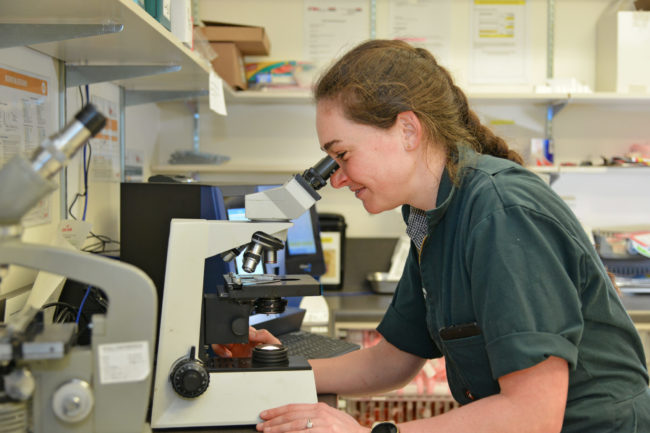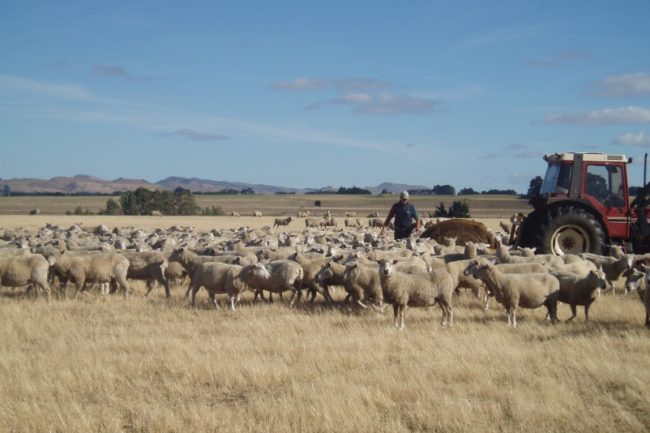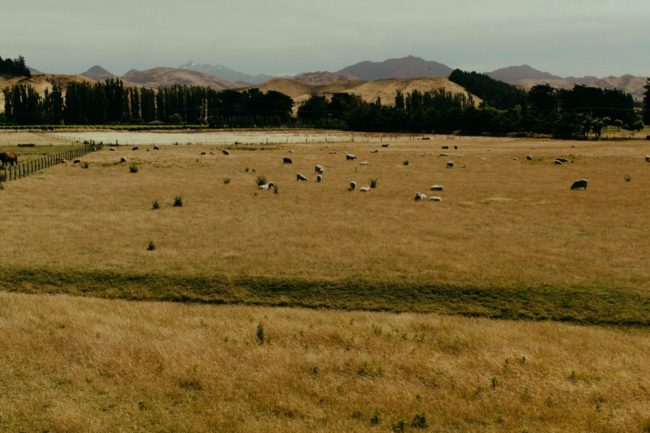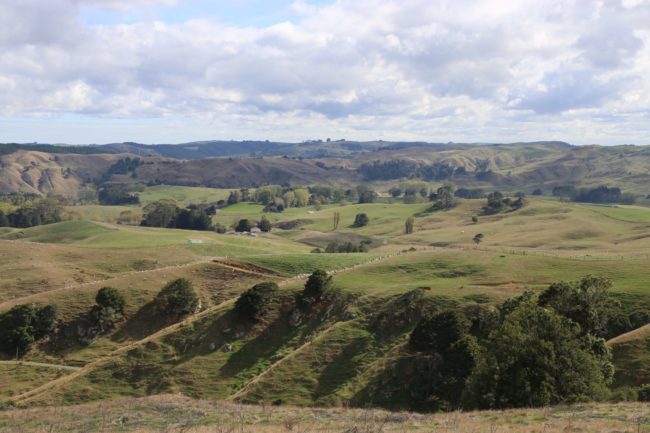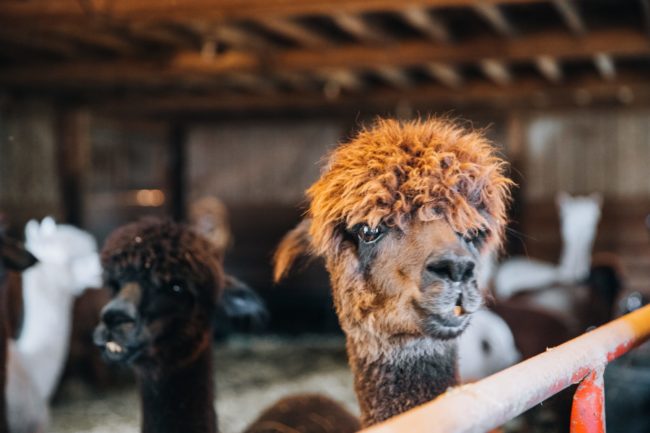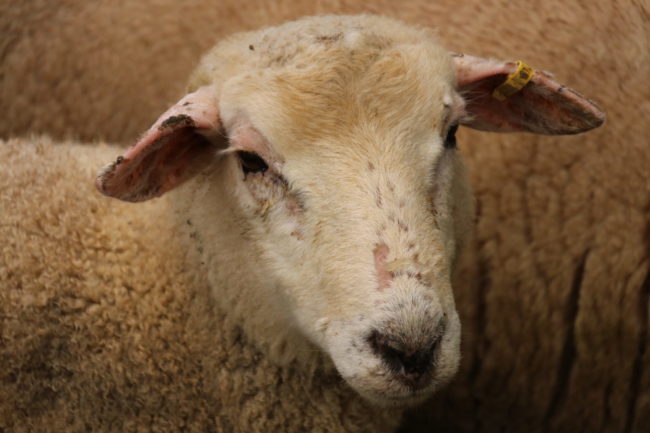Keeping Your Working Team Warm This Winter
With the change of season and cooler nights fast approaching it’s time to consider how you will keep your working team warm this winter. Why it is important to keep your team warm over winter? In recent years there has been a real push to improve kennel conditions and to provide bedding and jackets…
Details



